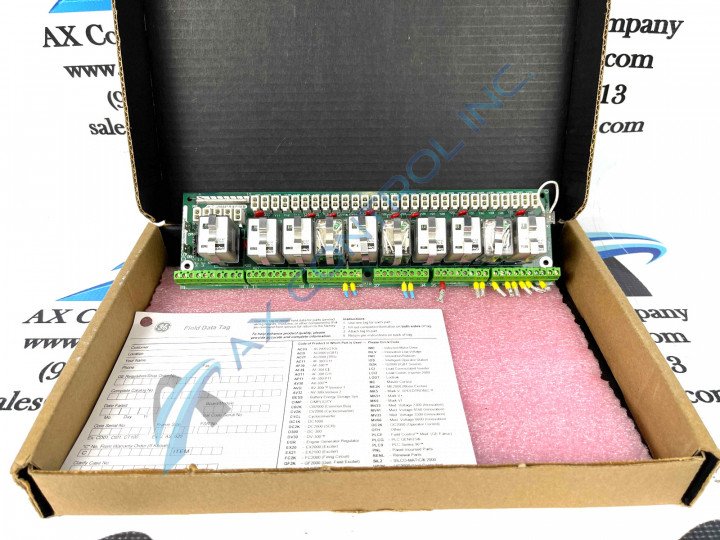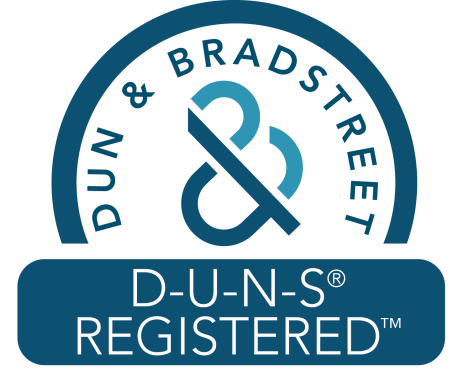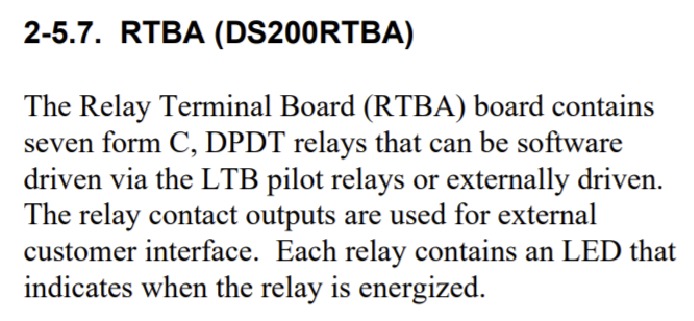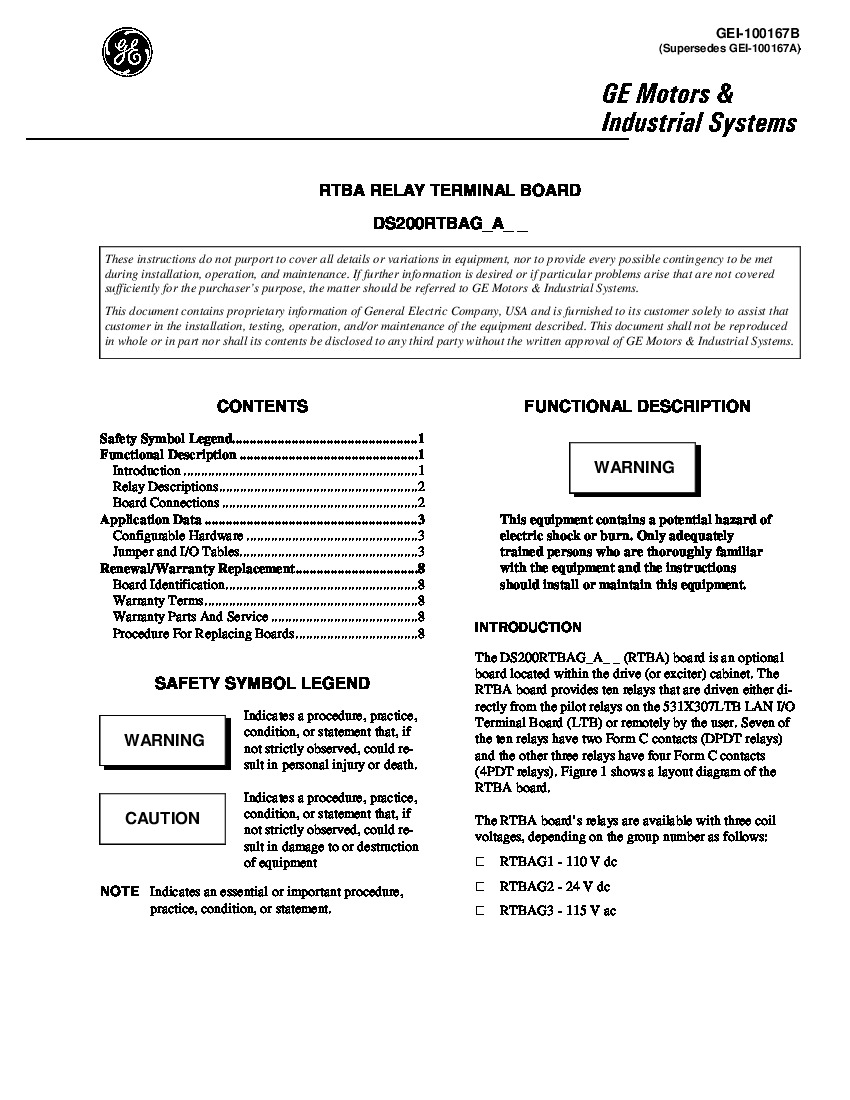About the DS200RTBAG2AHC
The DS200RTBAG2AHC is a Relay Terminal Board and a Mark V board component. This unit can be used within a number of exciter or drivers from General Electric and provides ten additional relay spots within the cabinet of its host after installation. The unit can be used for both LAN and remote I/O terminal control. The Mark V Series that this DS200RTBAG2AHC printed circuit board or PCB for short exists as a member of has specific applications in the management and control systems of compatible steam, wind, or gas turbine automated drive assembliesThis DS200RTBAG2AHC PCB's Mark V Turbine Control System Series is also one of the final General Electric Mark product series to make use of the patented Speedtronic control system technology in its various offerings.
While this DS200RTBAG2AHC product is definable as a Relay Terminal Board, the original product of that functionality developed for the Mark V Series is the parent DS200RTBAG2 Relay Terminal Board missing all three of this DS200RTBAG2AHC PCB's three significant revisions.
Hardware Tips and Specifications
As with any General Electric product available to the Mark V Series, this DS200RTBAG2AHC PCB makes use of its own series of functionality-introducing hardware components and component specifications. This board offers 24 VDC coil voltage. If you require a different voltage level please look to RTBAG1 boards for 110 VDC or RTBAG3 boards for 115 VAC coil voltage. The DS200RTBAG2AHC has ten relays located on its surface. These include seven DPDT relays that each have two Form-C contacts and three 4PDT relays. Each relay in the assembly of this DS200RTBAG2AHC Board is protected by its own 130 V AC metal oxide varistor, or MOV; these components can be removed and replaced if needed.
In addition to the various MOV's made available to this DS200RTBAG2AHC PCB's relays, individual diagnostic state lamps are included as well, lamps that glow when individual DS200RTBAG2AHC relay components are in use or energized. The DS200RTBAG2AHC has multiple berg-type jumper pins that allow the user to configure the board as desired. The board also includes:
- two stab connectors
- a sixteen-pin connector
- a two-pin connector that allows connections to other boards
















